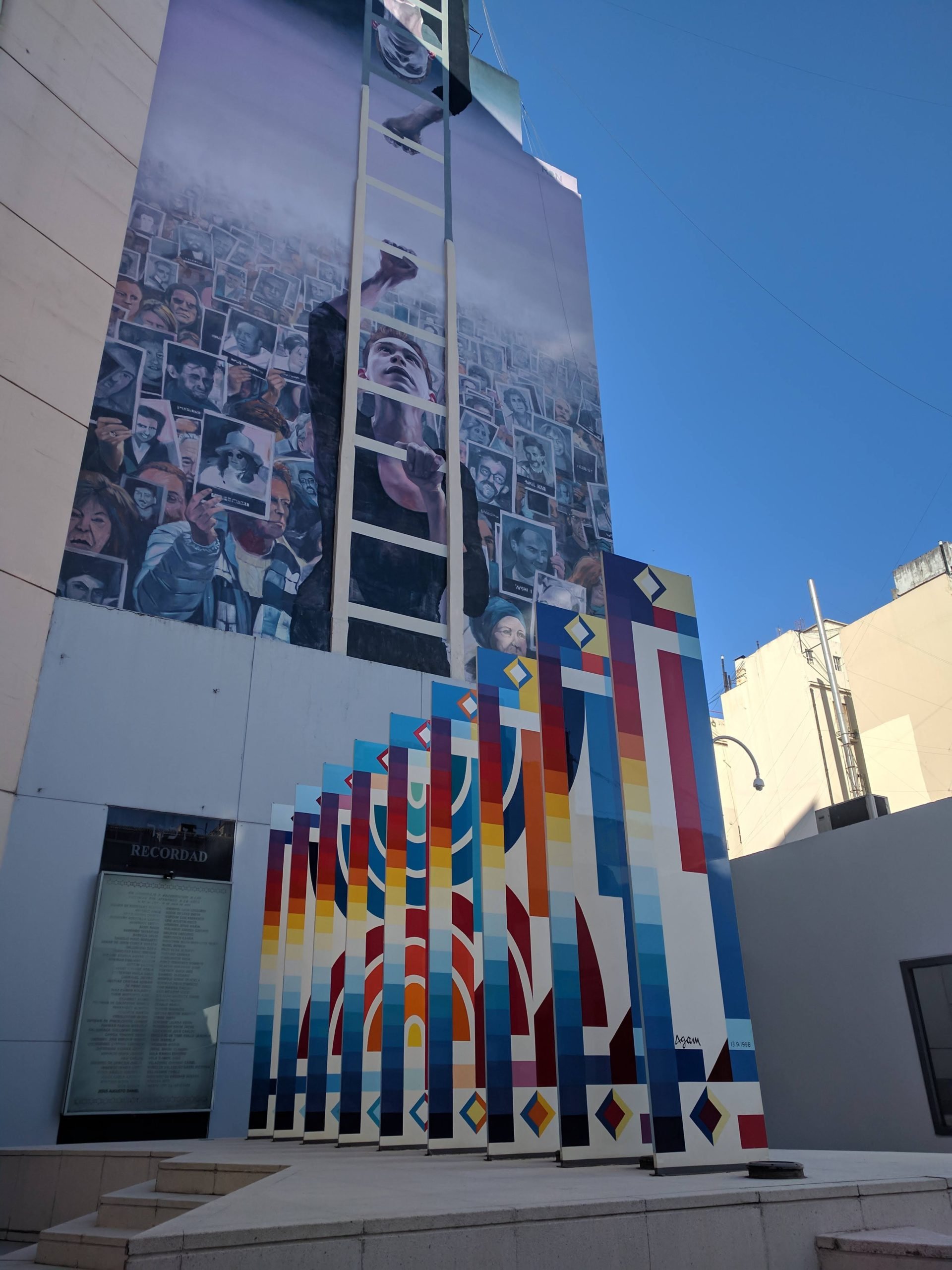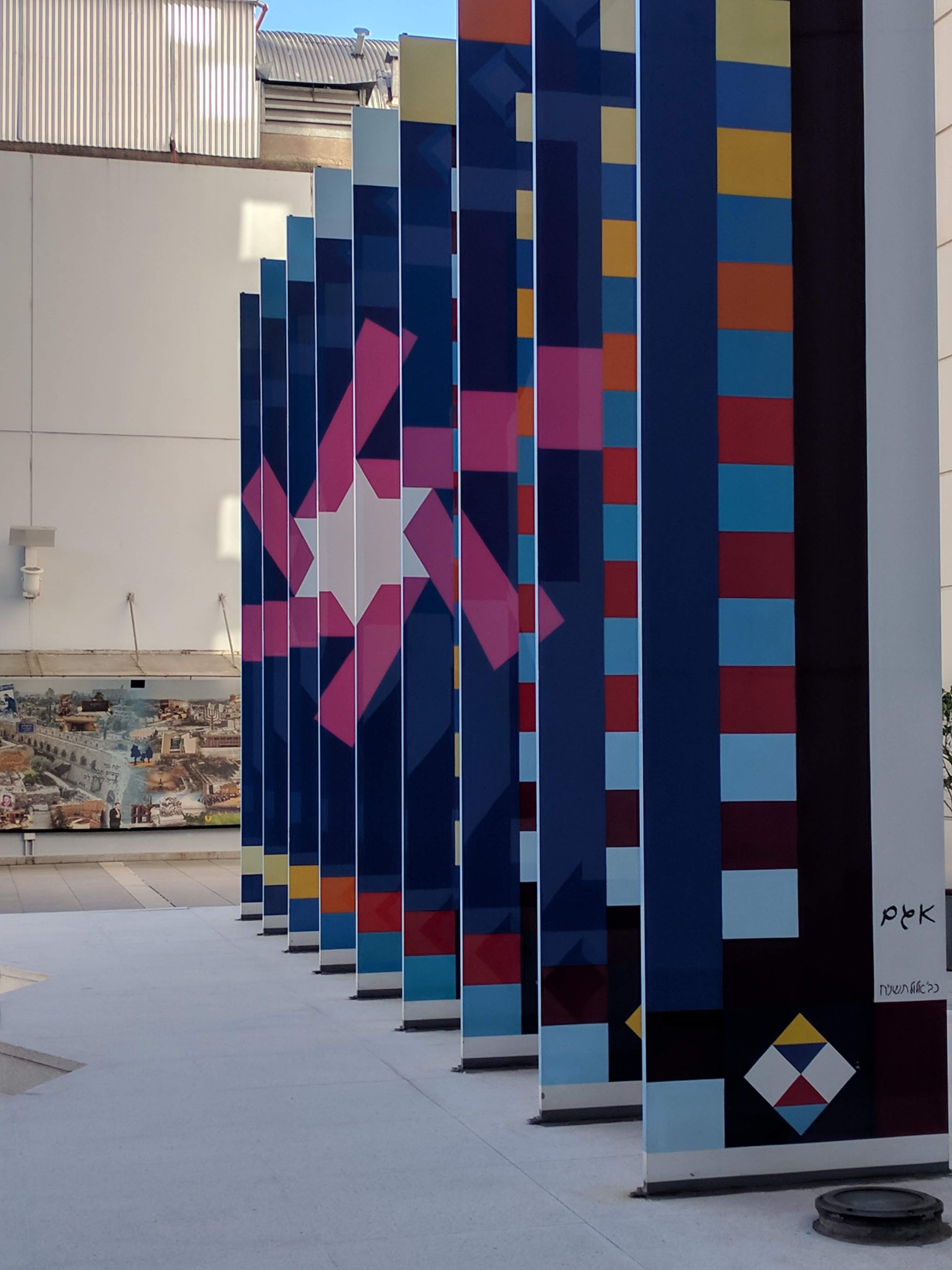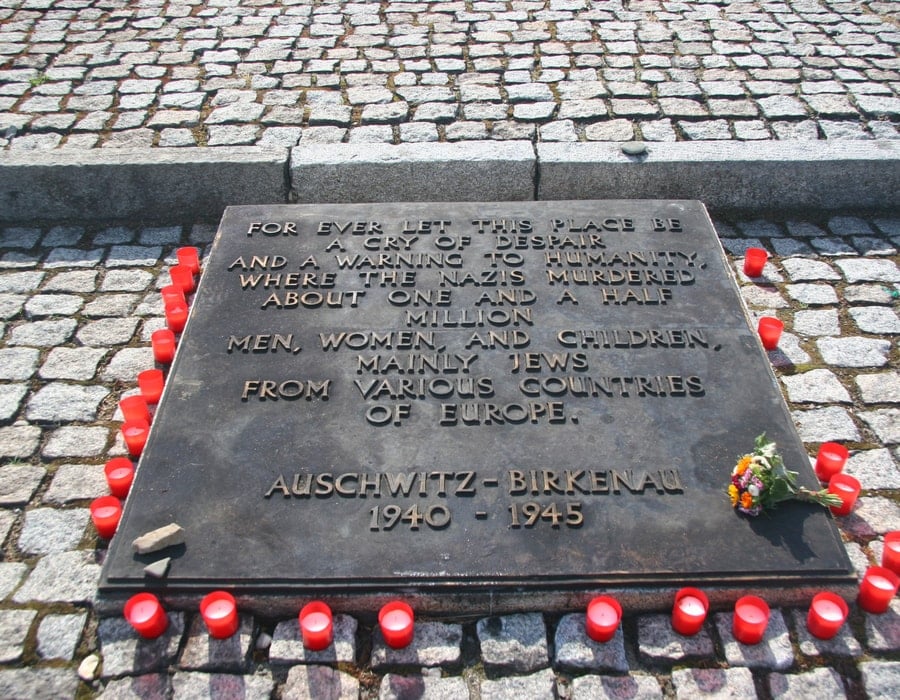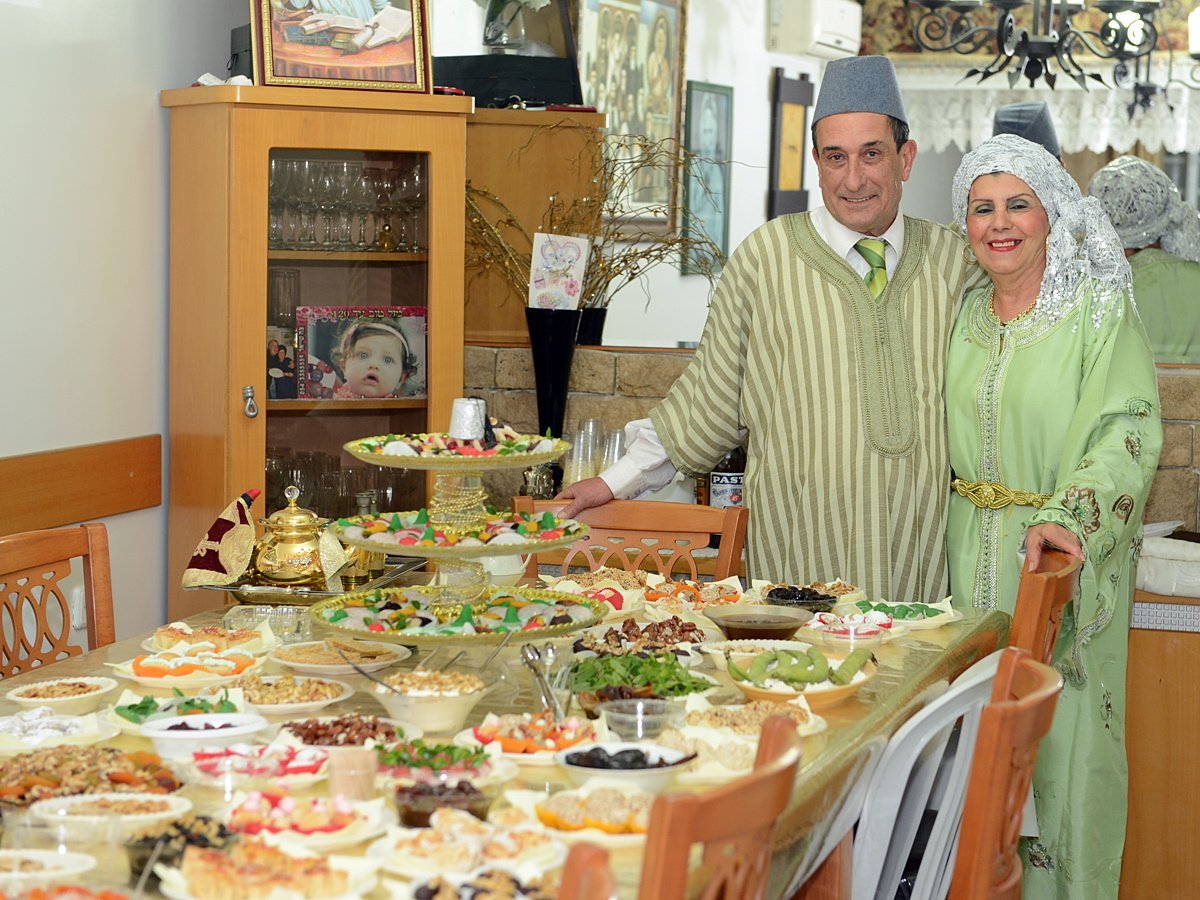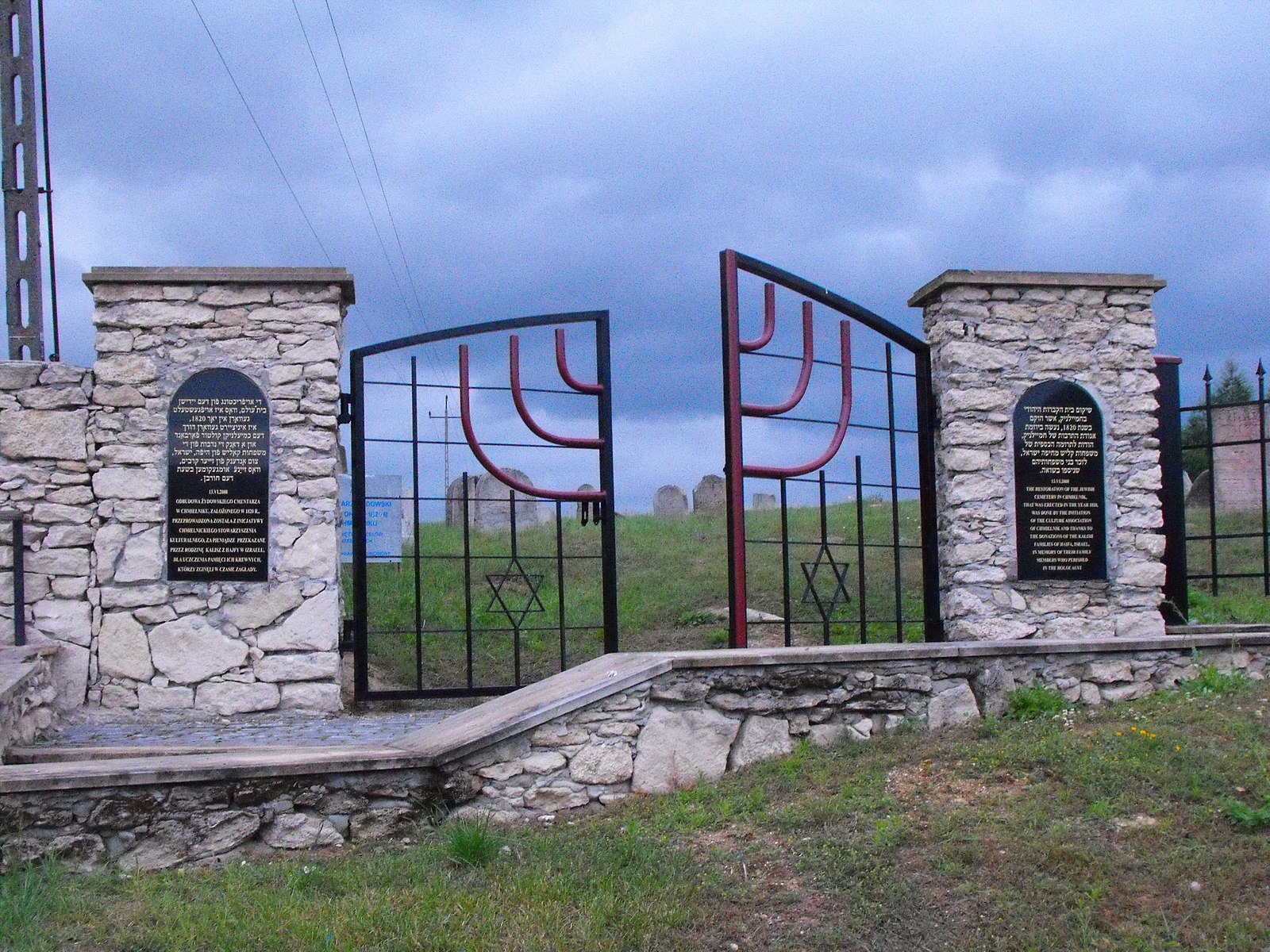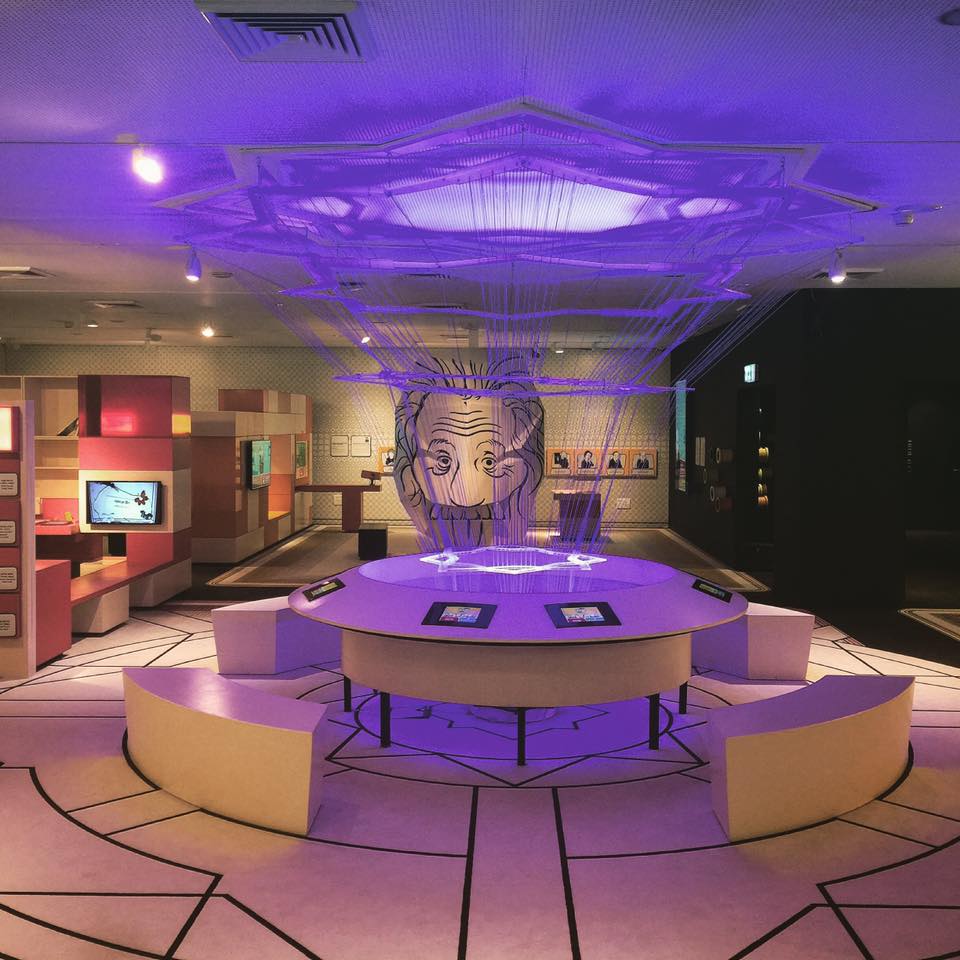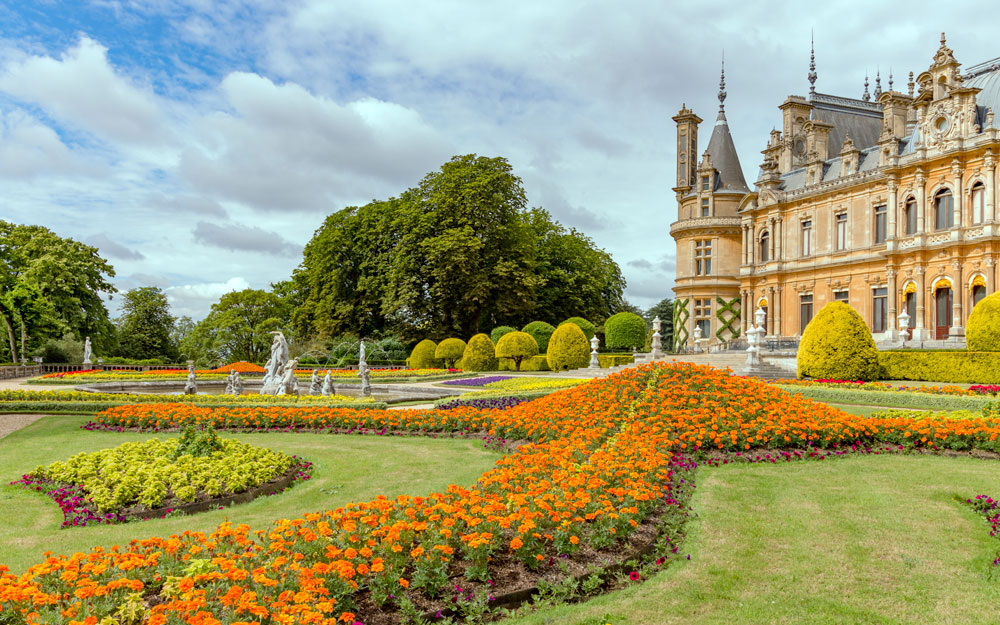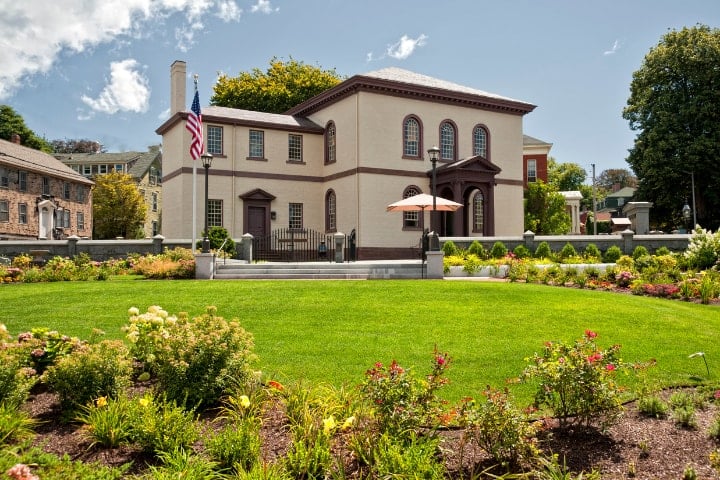Mimouna is a traditional North African Jewish celebration dinner, that currently takes place in London, Morocco, Israel, Canada, and other places around the world where Jews of Maghrebi heritage live. It is held the day after Passover, marking the return to eating hametz (leavened bread, etc.), which is forbidden throughout the week of Passover.
In Morocco, on the afternoon of the last day of Passover, Jewish families prepare flour, honey, milk, and butter to be used to prepare post-Passover chametz celebration dinners. Historically, Jewish congregations would walk to an orchard in order to recite Birkat Ha’Ilanot, and following the conclusion of Passover, would recite passages from the Book of Proverbs and the Mishna.
The celebration begins after nightfall on the last day of Passover. In many communities, non-Jewish neighbors sell chametz back to Jewish families as a beginning of the celebration. Moroccan and Algerian Jews throw open their homes to visitors, after setting out a lavish spread of traditional holiday cakes and sweetmeats. One of the holiday favorites is Mofletta. The table is also laid with various symbols of luck and fertility, with an emphasis on the number “5,” such as five pieces of gold jewelry or five beans arranged on a leaf of pastry. The repetition of the number five references the five-fingered hamsa amulet common in both Jewish and Muslim North African and Middle Eastern communities from pre-modern times. Typically all those in attendance at a Mimouna celebration are sprinkled with a mint sprig or other green dipped in milk, symbolizing good fortune and new beginnings.
Early in the day of the Mimouna, families go to the sea, splash water on their face, and walk barefoot in the water, to replay the scene of the miraculous crossing of the Reed Sea, which is held to have taken place on the last day of Passover.
In Israel, the Mimouna has become a popular annual happening featuring outdoor parties, picnics, BBQs, and politics: A central celebration in Jerusalem’s Sacher Park draws about 100,000 people, usually including the president and prime minister. Israeli law now requires employers to agree to grant an employee unpaid leave for Mimouna if asked. One source estimated that in 2012 nearly two million people in Israel participated in Mimouna festivities.
Photo credit: U.S. Embassy Tel Aviv, CC BY-SA 2.0 <https://creativecommons.org/licenses/by-sa/2.0>, via Wikimedia Commons
